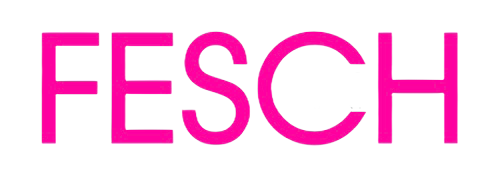Notion Systems | Patterning via EHD and inkjet printers | April 202 | 5 min – FESCH.TV
Notion Systems | Patterning via EHD and inkjet printers | April 202 | 5 min & FESCH.TV:
Maximilian Mosberg
Business Development and Sales
Traditionally manufacturing of electronic components has not been sustainable as the involved process steps waste a lot of material and require large amounts of energy and use toxic agents. Typically, electronics are manufactured via a cycle of homogenous functional material application, exposing of the design onto the applied material and material stripping of which can result in extensive wastage of the functional material. A more sustainable approach to electronics manufacturing is offered by inkjet and EHD as these technologies are built on an additive approach to manufacturing instead of a subtractive one. By additively applying functional material only where required according to the final product design, material and energy waste is minimized while increasing throughput at the same time due to eliminating the need for design specific tooling and reducing the amount of equipment required. This approach can be applied to a multitude of industries that profit from reducing functional material waste such as the manufacturing of displays, electronics, automotive, glass, semiconductor, 3d printing or solar. Inkjet printing of functional materials is a digital structuring process that can be used for a contactless application of a wide range of different materials without the need of a mask. It is suitable for mass production as well as to produce small batch sizes and for rapid prototyping due to the high potential to customize the individual printed structures. The process involves transferring metals, polymers, and ceramics into low viscous inks in the typical range of 2-15 cPs at processing temperature. These inks can then be applied to a surface by jetting the material through individual nozzles of a print head. For drop on demand placement required for the manufacturing of electronics typically piezo based print heads are used. These print heads can be equipped with over one thousand nozzles each. By integrating multiple print heads into one inkjet printer brings the total to multiple thousand nozzles per system. This in turn allows printing on large surface areas and enables high throughput electronics manufacturing with printable surface areas ranging from the micrometer to the square meter scale. By combining multiple print heads, each with their own ink delivery, it is possible to print multiple materials in one inkjet printing system which in turn allow the fabrication of highly advanced multiple material electronics in an additive fashion. Depending on the material printed, single dry layer thicknesses of 50nm – 20µm can be achieved. By printing multiple passes high layer thicknesses and three-dimensional objects can be manufactured such as lenses, sensors and displays. Electrohydrodynamic (EHD) printing is an alternative method to conventional inkjet printing of functional materials. The key difference between piezo based inkjet and EHD inkjet is how the energy is created to eject the individual droplets from the nozzles. Whereas inkjet uses piezo elements within the printheads to push ink from the inside, EHD utilizes electrical fields to pull out the ink by potential difference between ink and substrate. By this focused application of energy to eject ink from the nozzle it is possible to eject submicron droplets which in turn allows creating structures with feature sizes of < 0,5 µm. The other key advantage of focusing energy is being able eject droplets of highly viscous ink with < 10.000 cPs at working temperature. The EHD MEMS printhead approach makes it possible to have thousands of individual EHD nozzles in close proximity to one another, while still being able to address each nozzle individually and increases the working distance between the printhead and the substrate to >1mm. This new MEMS printhead approach brings an unprecedented scalability to EHD printing. The print head design is key to enable stable and high throughput printing with EHD in different modus operandi such as a high-speed vector printing, digital multi nozzle printing or bitmap printing. EHD is compatible with a wide range of materials such as nanoparticles, small molecules, polymers, salts, melts and biomolecules.
Deinen Freunden empfehlen:






